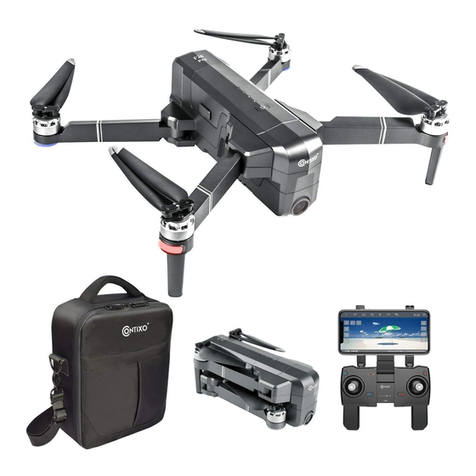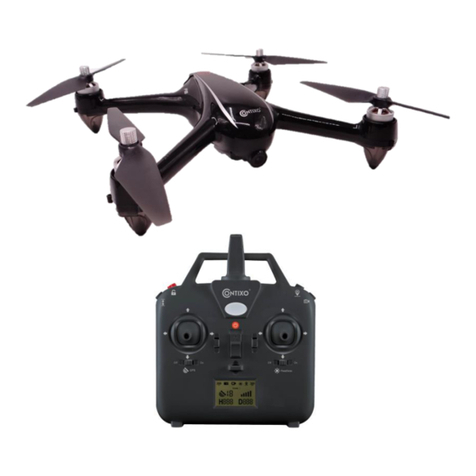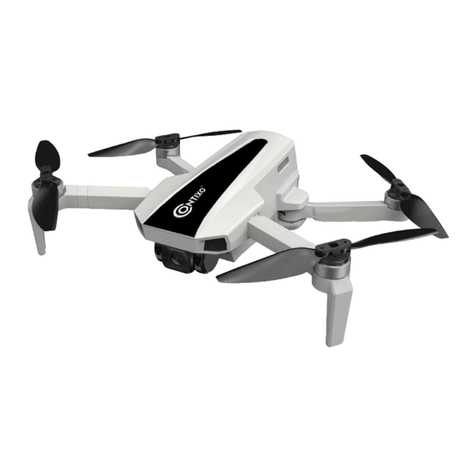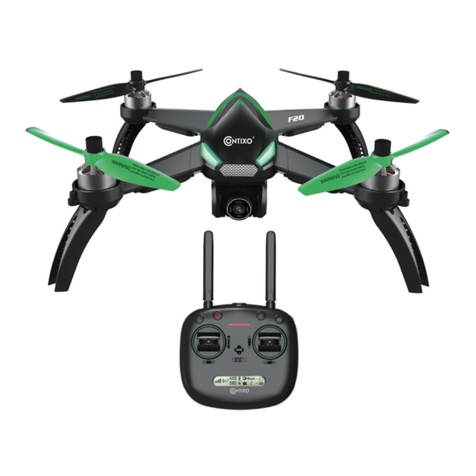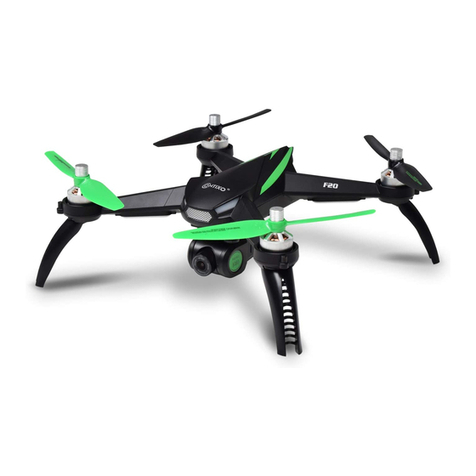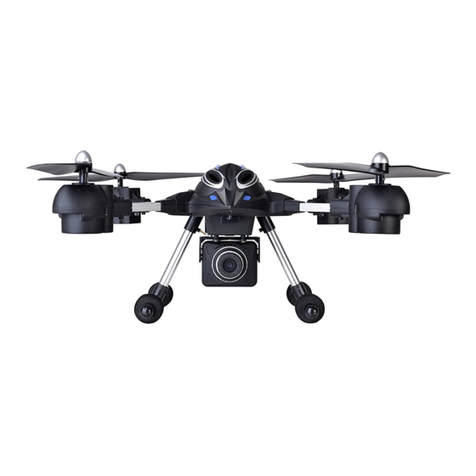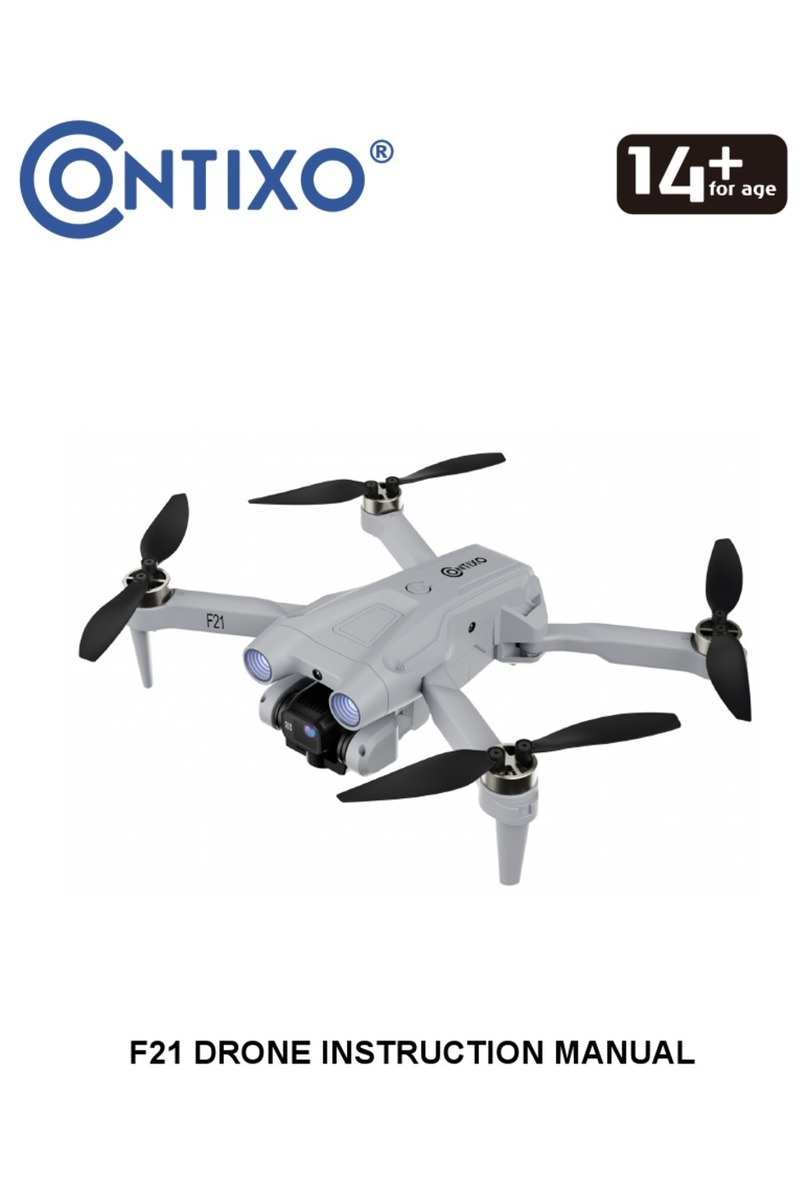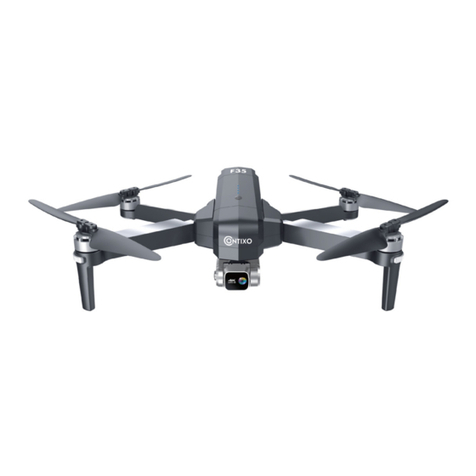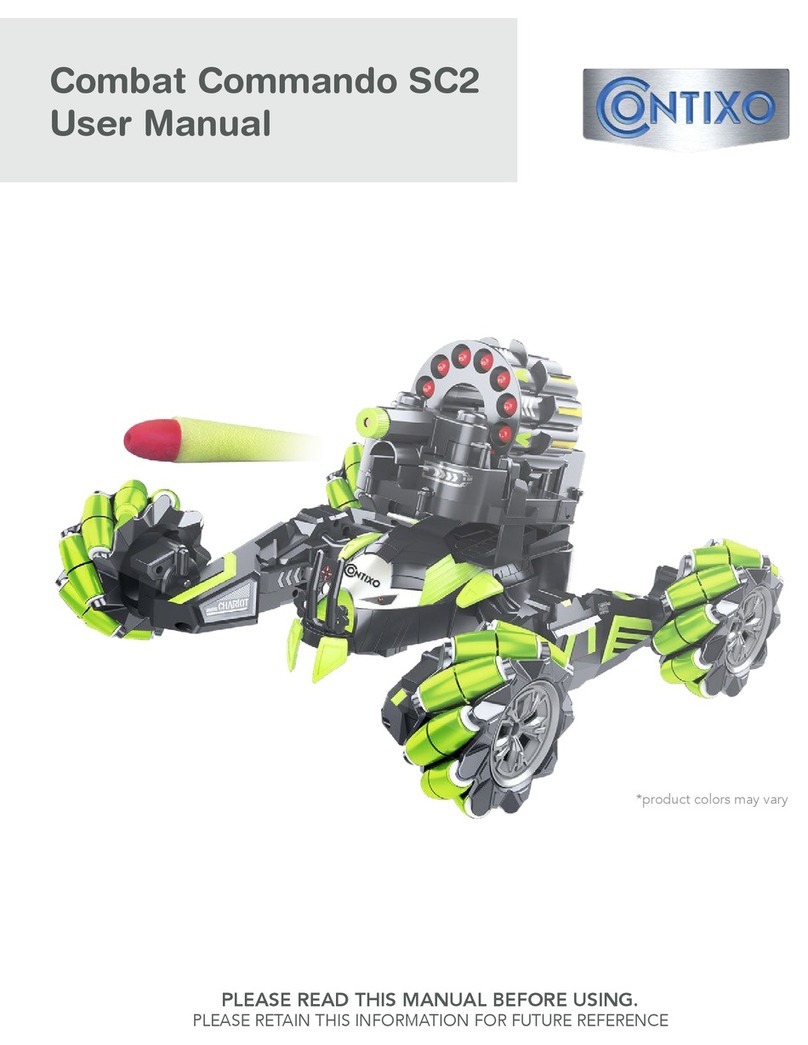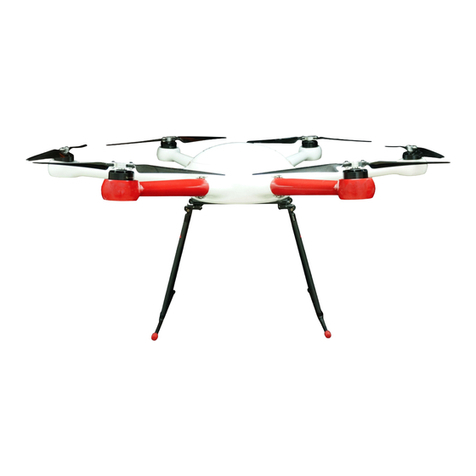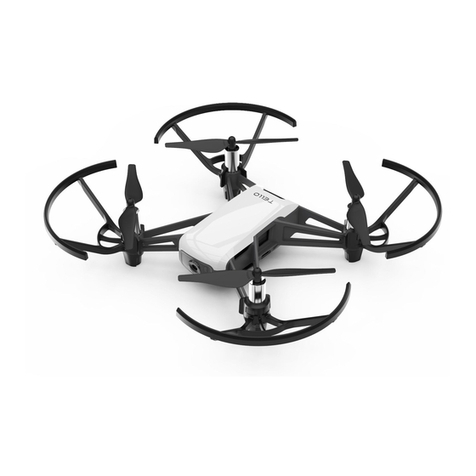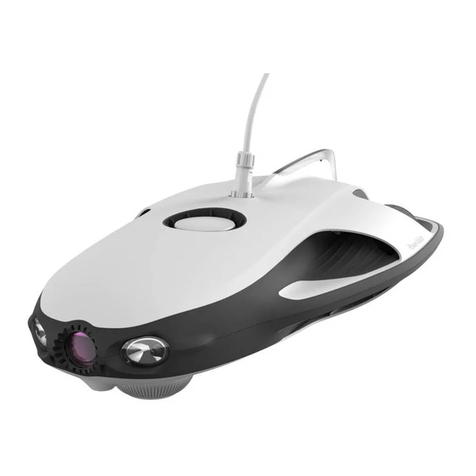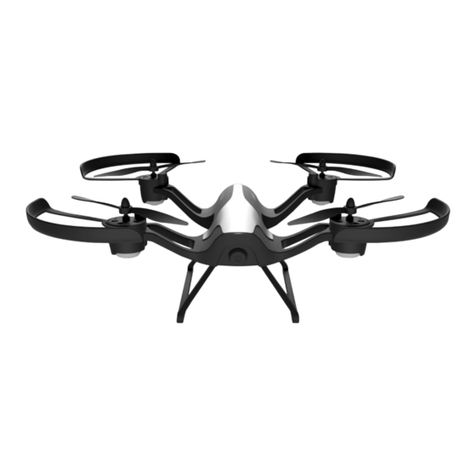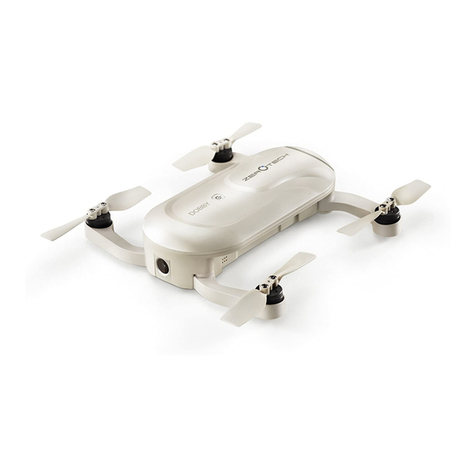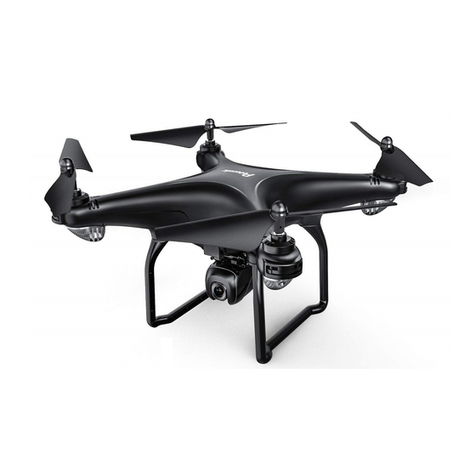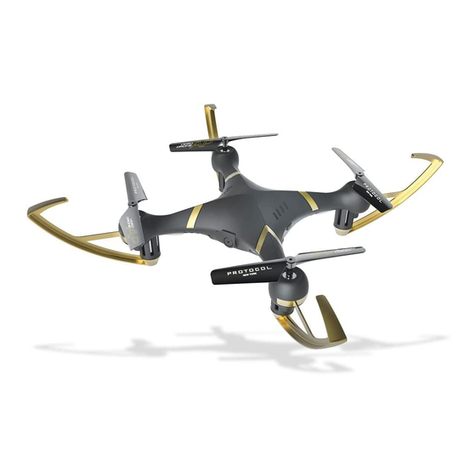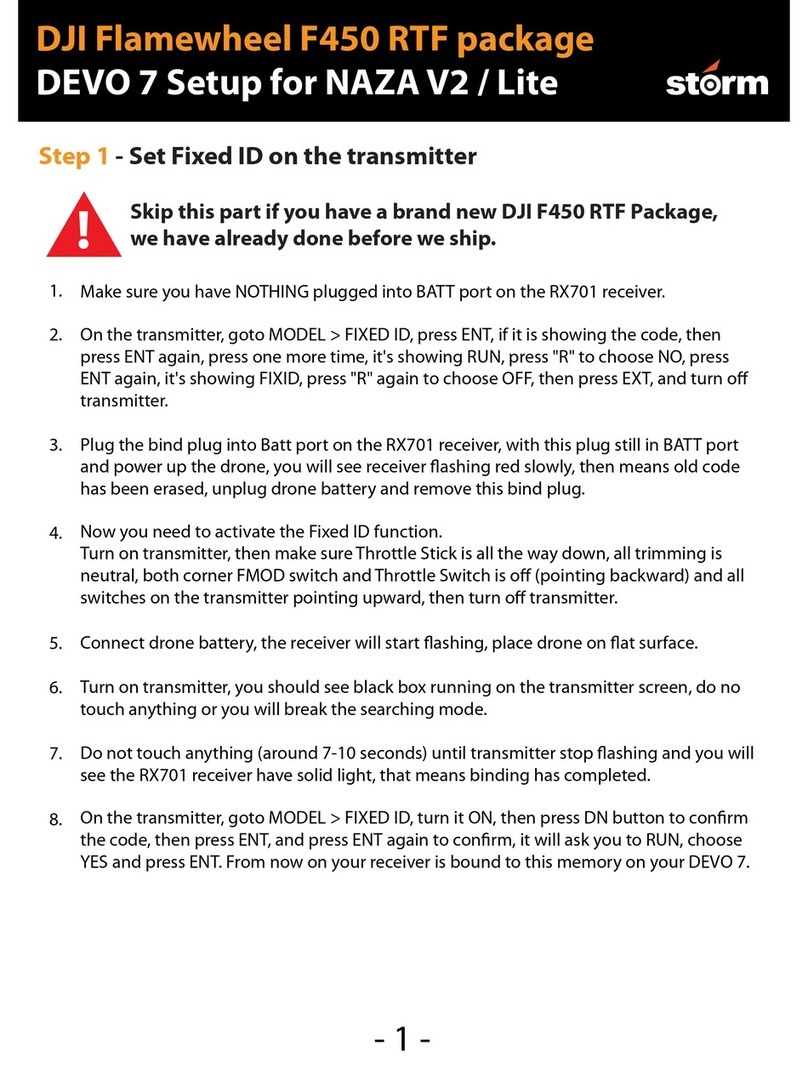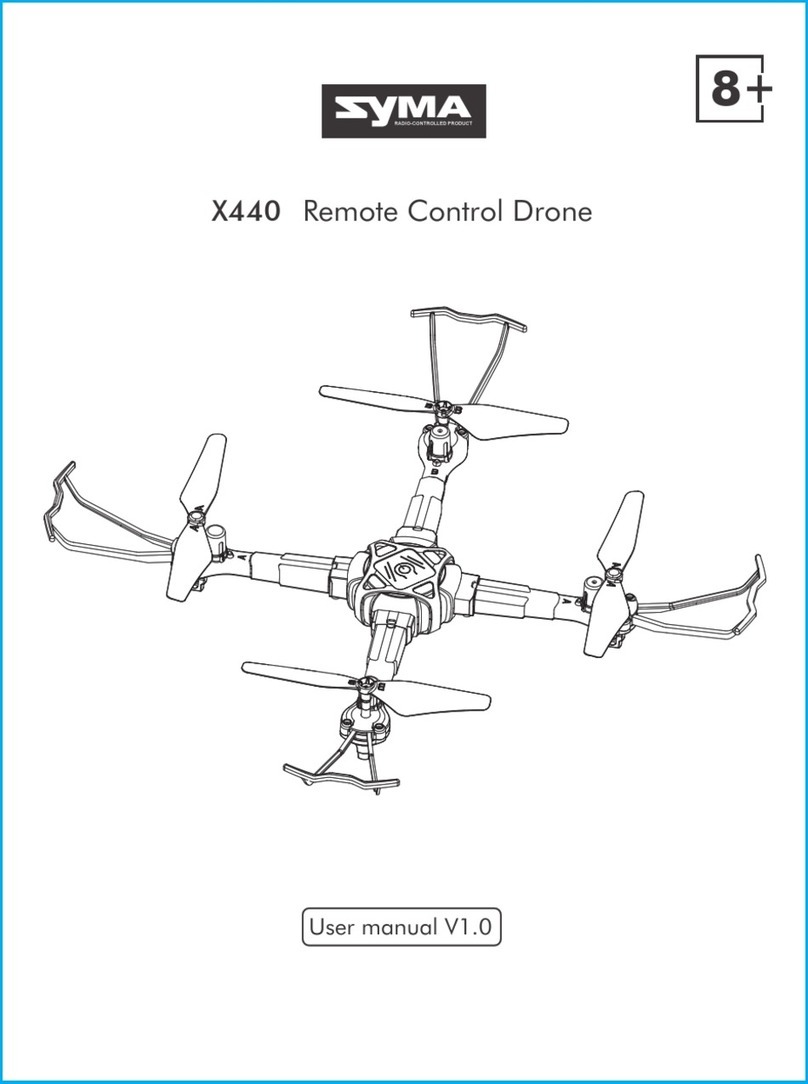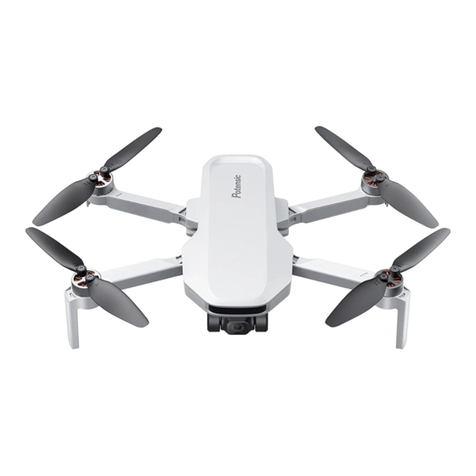
Never fly in or near controlled airspace and do not exceed a height of 20ft. To ensure you’re
operating within the law and following FAA regulations within the United States. Do not fly along
airline routes, and do not fly in areas with strong radio, electromagnetic or electrostatic
emissions. Do not operate the drone in any way that is prohibited by related authorites of our
country. NEVER use for any illegal purpose or use beyond the scope of which your local laws
and regulations have stipulated.
The TD1 drone should only be operated by individuals over 14 years of age, and is best suited
for experienced UAV pilots. This is a precision device, from its electronics, mechanical
components, and high-frequency transmission technology, to its aerodynamic design. Using this
device requires proper calibration and potential assembly or debugging to avoid complications
or accidents. The user should always operate and control this product in a safe manner.
Inappropriate use can lead to serious injury, cause property damage, or can lead to the drone
being lost during operation.
In the event that the product is faulty. Please reach out to our technical support team. All of our
products have a 1-year limited warranty: https://contixo.com/pages/warranty. Likewise, should
the product malfunction, or become damaged and need maintenance, reach out to our customer
service team at: Support@contixo.com.
This remote-control aircraft can be dangerous when in use. Please make sure you keep a safe
distance from people, animals, and hazardous objects, and do not fly in controlled airspace.
Incorrect installations, poor weather conditions, or users unfamiliar with operation may cause
damage to the aircraft, or other property or may cause injury. Pay close attention when in use
and recognize unsafe or accident-prone conditions to avoid any accidents due to negligence.
1. Keep it far away from any structures or crowds: This remote-control aircraft may vary
slightly in speed or sensitivity while flying and can cause potential danger. Therefore, please
keep it far away from crowds, buildings, trees, structures, high-voltage wires, etc... Please
also avoid flying in adverse weather conditions such as rain, snow, electrical storms, and
high winds to ensure safety of the user, any spectators, and surrounding property.
2. Keep it away from any moist environments: The inside of the aircraft is composed of
many precision electronic and mechanical parts. Therefore, please try to avoid any moisture
or water content from entering the main body of the aircraft as it may cause a breakdown of
the mechanical and electronic parts and thus cause an accident.
3. Only operate with included parts for intended use: Please use the original parts made
by Contixo for any re-equipping or maintenance to ensure flying safety. Please operate and
use only under the scope of the product functions permitted. Using unapproved parts will
void the warranty.
IMPORTANT:
SAFETY PRECAUTIONS:
Thank you for purchasing the Contixo TD1 drone. Please read all instructions and warnings
carefully before operating, and keep this instruction manual for future reference and
maintenance.

